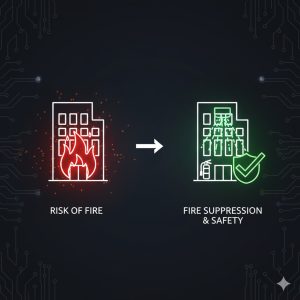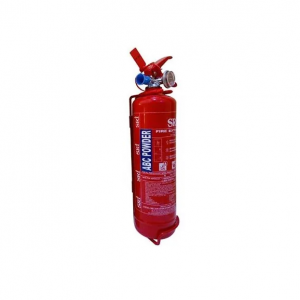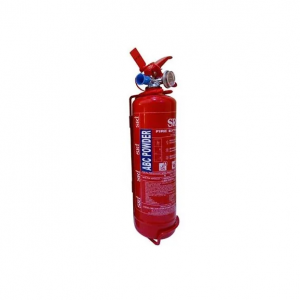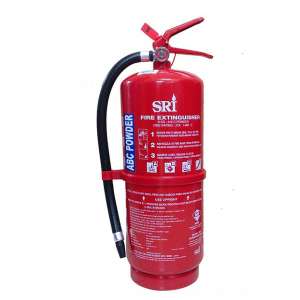Fire Safety Electric Vehicle (EV)
Fire safety Electric Vehicle (EV) requires a different approach compared to conventional vehicles due to the unique properties and potential fire risks associated with lithium-ion batteries. Here are some key fire safety measures for electric vehicles:
1. Understanding Potential Hazards
- Lithium-Ion Batteries: These batteries can become very hot if exposed to mechanical damage, overcharging, or electrical issues, potentially leading to fires that are difficult to extinguish.
- Thermal Runaway Risk: This condition involves a continuous increase in battery temperature, causing a chemical reaction that accelerates the temperature rise and can result in fire or explosion.
2. Electric Vehicle Fire Prevention
- Proper Use: Always use charging equipment recommended by the vehicle manufacturer. Avoid using incompatible chargers or accessories that could damage the battery.
- Regular Inspections: Regularly inspect the EV’s charging system and battery for signs of damage or wear. Service your electric vehicle according to the manufacturer’s schedule.
- Safe Charging: Always charge the EV in a well-ventilated area and avoid charging in excessively hot or cold conditions. Do not leave the vehicle charging unattended for extended periods.

3. Emergency Fire Response
- Extinguishing Battery Fires: Lithium-ion battery fires require specific extinguishing agents. Dry chemical extinguishers or AFFF (Aqueous Film Forming Foam) extinguishers are commonly used. Water extinguishers may be ineffective and could worsen the situation.
- Remote Fire Suppression: EV fires should be extinguished from a safe distance due to the risk of explosion. Using fire suppression robots can be a good option in some situations.
- Call for Help: Immediately contact the fire department if a fire occurs. Inform them that the fire involves an electric vehicle so they can take appropriate measures.
4. Training and Awareness
- User Training: Ensure all EV users are aware of fire risks and know how to handle emergency situations. Practical training on using fire extinguishers is also important.
- Public Awareness: Understanding the unique characteristics of EV fires and spreading this information within the community can help reduce risks and improve preparedness.
5. Safe Infrastructure
- Safe Charging Stations: Ensure that public and private charging stations comply with safety standards. Stations should be equipped with fire suppression systems and appropriate extinguishers.
- Safe Parking: When not in use, park the EV in a safe location away from flammable materials. Choose parking locations that have fire extinguishers nearby.
6. Research and Innovation
- New Battery Technologies: Support and follow the development of safer battery technologies with lower thermal runaway risks.
- Early Detection Devices: Install early detection systems to identify battery issues before they lead to fires.
By understanding and implementing these measures, electric vehicle users can reduce fire risks and ensure their safety and that of those around them.
Get Your EV Fire Blanket Here for more protection on your EVs



















